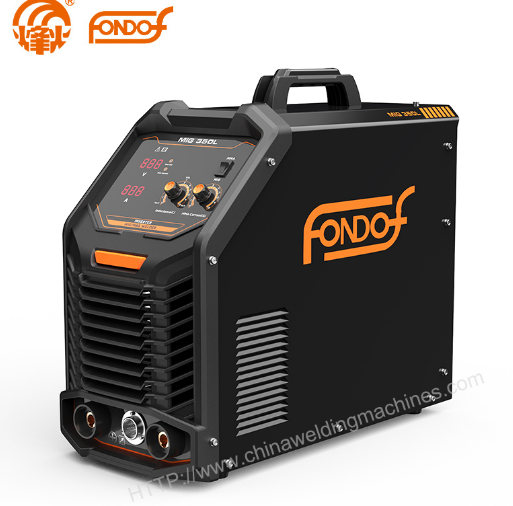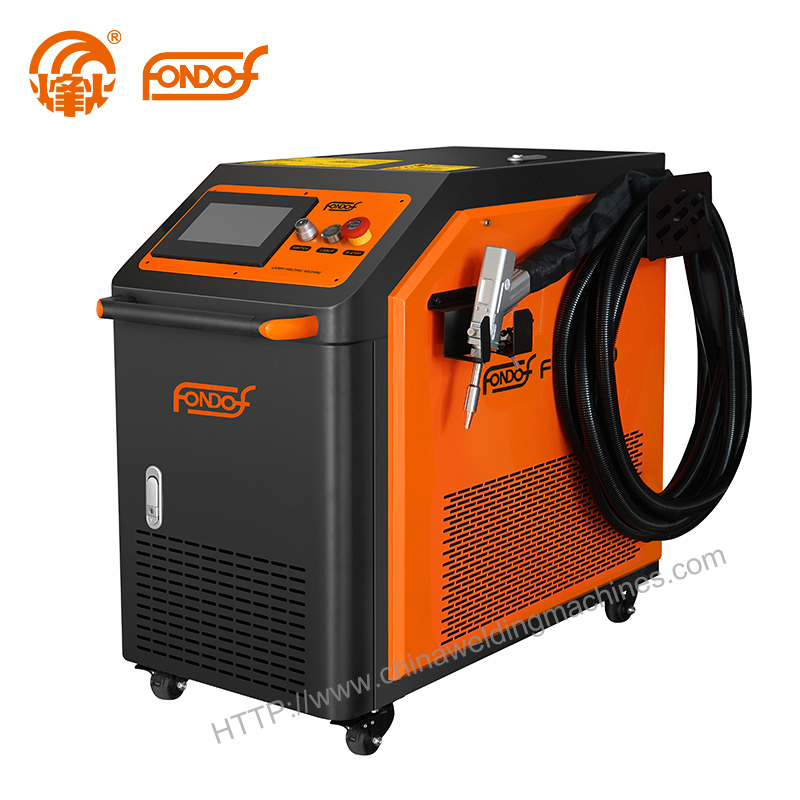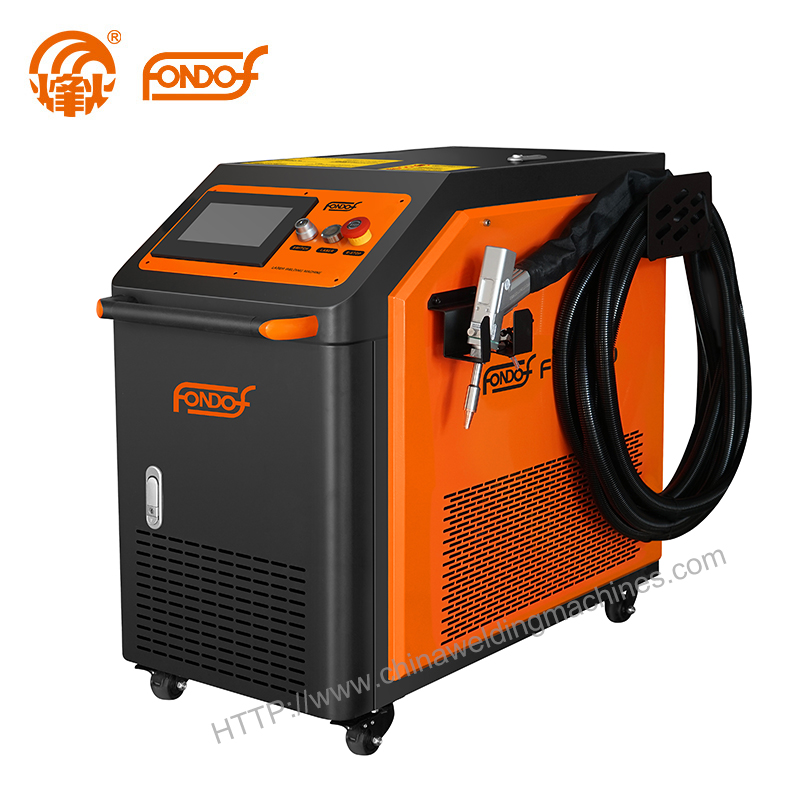MIG Welding for Beginners: Can You MIG Weld Aluminum?
 Dec. 15, 2023
Dec. 15, 2023
When individuals begin learning to weld, they typically start with scrap pieces of mild steel. Mild steel is favored for its ease of manipulation, relative consistency, and forgiving nature, making it an ideal material for beginners. Additionally, it's commonly encountered in various applications, making it essential to grasp its practicalities early on.
However, transitioning to welding aluminum presents a distinct challenge. Found extensively in construction, automotive uses, and numerous other fields, aluminum's popularity stems from its corrosion resistance, lightweight nature, and ability to form alloys with other metals, offering diverse properties for specific purposes.
Nevertheless, welding aluminum poses unique hurdles:
1. Increased heat requirement: Welding aluminum demands more heat compared to mild steel for proper fusion.
2. Distinct weld appearance: The weld puddle of aluminum differs significantly from steel, requiring different visual cues.
3. Susceptibility to burn-through: Thinner aluminum material is particularly prone to burning through, risking the weld pool dropping right through the material.
4. Alloy-specific filler selection: Different aluminum alloys necessitate specific filler materials for proper welding, making filler selection a challenging task.
Welding aluminum is often perceived as difficult due to these challenges, but it's more a matter of being different than inherently tricky. Adapting from working with mild steel requires breaking habitual practices and switching off mental autopilot to weld aluminum effectively.
Can You MIG Weld Aluminum?
MIG welding is entirely possible to use on aluminum, yes. Most professionals recommend TIG welding if possible, but MIG is perfectly acceptable (if a little more challenging) to get right.
Depending on who you ask, MIG might be better for thinner metal gauges, or TIG may be the preferred method.
The choice primarily relies on the welder's preference and level of comfort. For beginners, TIG welding might be a preferable option if the necessary equipment is available.
The crucial factors include the specific type of aluminum being welded and the type of welding equipment at hand. "Aluminum" encompasses various alloy types, which we'll delve into shortly. If the alloy is compatible with MIG welding, using a MIG gun is feasible for the welding process.
My Weld is Bad: What Went Wrong?
If your attempts at aluminum welding with the MIG process haven't yielded consistent results, there could be several potential issues to troubleshoot. Begin by pinpointing the specific problems encountered during the welding process.
1. Experiencing Burn-Through in Your Weld:
Burn-through, characterized by excessive heat causing melting, can stem from various causes. One common issue, especially for beginners, is moving too slowly along the joint during welding. Even if you believe you're moving at an adequate pace, it's probable that you aren't moving fast enough.
Another potential factor could be an inappropriate joint type for the specific project. Consider whether using a corner joint instead of an edge joint, or vice versa, might be more suitable. However, this decision heavily depends on the specific situation. Additionally, using thicker base materials might help, although sometimes you might not have the flexibility to choose thicker materials.
For more substantial welds, consider working in shorter intervals to allow the material to dissipate excess heat during the process.
2. Issues with Dirty Welds:
Dirty welds, often caused by reactions or inclusions in the weld pool, require attention to multiple factors.
Start by verifying your welding technique. Using the correct forehand or push welding method is crucial for adequate shielding during the weld movement. Incorrect angles can lead to excessively dirty welds.
Ensure that the voltage settings, particularly in relation to the amperage, are appropriate. Inadequate voltage might prevent achieving a spray transfer, affecting the weld quality.
Thoroughly clean the surface using tools designed specifically for aluminum. Using improper tools can leave behind particulate matter, leading to inclusions in the weld.
Confirm that you're utilizing the correct shielding gas and filler rod. Any mismatch in these materials can significantly impact the quality of your welds.
3. Your welding gun gums up:
Encountering problems with your welding gun often arises, especially with lower-quality MIG welders.
One issue occurs when the filler material burns back into the gun, leading to complications. This usually happens due to improper maintenance of the tip-to-work distance during welding, especially towards the end of the weld.
Another problem is an inconsistent feeding process for the filler wire, resulting in tangling or coiling behind the gun, commonly referred to as "birdnesting."
If you want to know more information about MIG Welding Machine, please click on the image below to get a free quote:





























